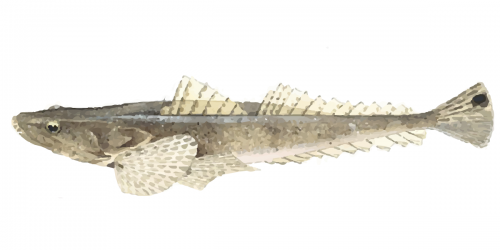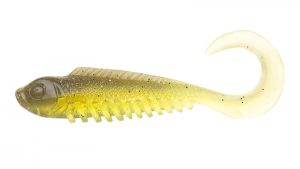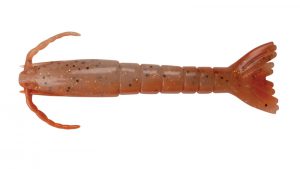Dusky Flathead Platycephalus fuscus
Dusky flathead are found in estuaries and nearshore waters throughout Queensland, New South Wales and Victoria.

The Dusky Flathead can grow up to 1.2 m and weight up to 15 kg! They are Australia's largest flathead species.
Dusky Flathead prefer a soft sand and muddy areas, they will hang around patchy sand, rock, weed, drop offs and small feeder creeks during the run out tide. During the spawning season October - November they can be found very far upstream even towards brackish waters.
Flatties are easy to target on lures and will aggressively take all kinds of lures. They are best targeted in the warmer months from October to April. Dusky Flathead will smash just about any lure, soft plastics, vibes, blades and hard-bodies all work well. Colour isn't too important, however local knowledge on colour selection will get more fish, in SE Queensland locally made pink and red Lively Lures work the best.
Dusky flathead (Platycephalus fuscus) is a popular fish species found in the estuaries and coastal waters of southern Australia. They are a member of the Platycephalidae family, which includes other popular flathead species such as the sand flathead and tiger flathead.
Dusky flathead are known for their brown or grey coloration, and their large, flattened head which is used to ambush prey. They can grow up to 1.2 meters in length, but are more commonly found at around 40-60 cm. They are a popular target for recreational fishers due to their good eating qualities and strong fighting ability.
Dusky flathead are opportunistic predators, feeding on a range of prey including fish, crustaceans, and mollusks. They are most active during the warmer months and can be caught using baits such as live and dead fish, squid, and prawns, or lures such as soft plastics and hard-bodied lures.
Dusky flathead are commonly found in estuaries and tidal rivers, particularly near sandy or muddy bottoms, where they can find food and cover. They are also known for their ability to hide in submerged structure such as rock walls, weed beds, and sunken logs, making them a popular target for anglers who fish with lures.
Dusky Flathead Spawning
Dusky flathead (Platycephalus fuscus) are known to spawn during the warmer months of the year, generally from November to February in southern Australia. During this time, mature females migrate to the mouths of estuaries and coastal waters to release their eggs, which are then fertilized by males.
Dusky flathead are broadcast spawners, meaning that the fertilized eggs are released into the water column where they drift with the currents. The eggs then hatch into larvae which grow and develop in the estuary environment. The larvae are pelagic, meaning that they live in the open water, and are swept out to sea before returning to the estuary as juveniles.
The timing and location of dusky flathead spawning can vary depending on factors such as water temperature and rainfall, which can impact the timing and volume of freshwater inflows into estuaries. The spawning season can also vary between different regions, with dusky flathead in the northern parts of Australia spawning earlier in the year.
It is important for anglers to be aware of the spawning season for dusky flathead and to take measures to protect the spawning fish. This can include practicing catch-and-release fishing during the spawning season, and avoiding fishing in areas where large numbers of spawning fish are present. This can help to ensure the long-term sustainability of the fishery, and maintain healthy populations of dusky flathead for future generations of fishers to enjoy.


